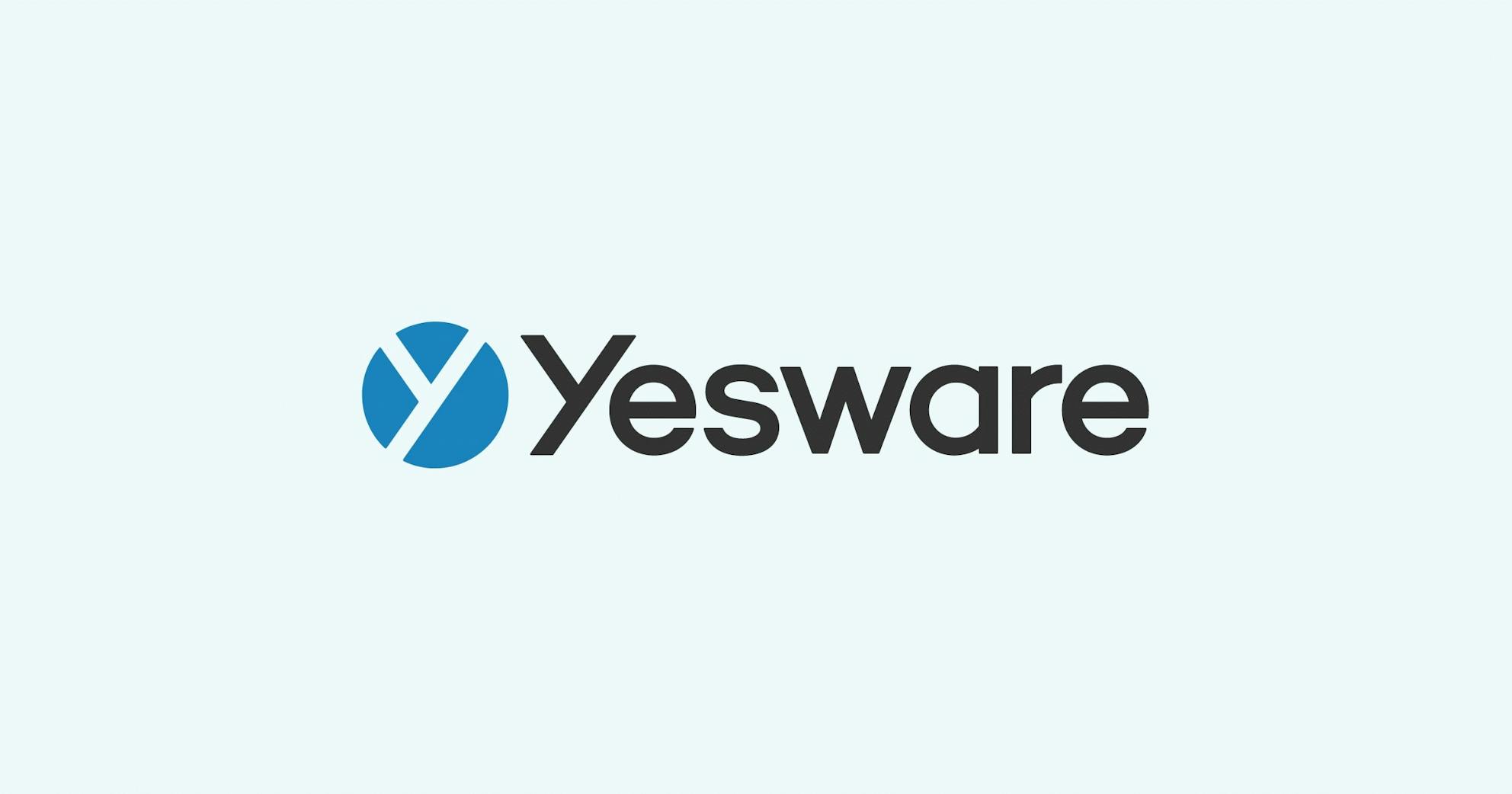Survival of the Fittest: Keep Your Prospect From Deleting Your Emails
In today’s digital world most professionals prefer receiving emails rather than phone calls. But with everyone sending each other emails, any inbox quickly becomes cluttered with work emails, personal emails, subscriptions, and of course, sales pitches. Bestselling author and sales strategist Jill Konrath states most company decision-makers receive anywhere between 75 and 300 emails a day. To make matters worse, it only takes a prospect 2.7 seconds to decide whether or not he will delete your email. This time frame only allows a prospect to read the first two sentences of your email before deciding its merit. YIKES!
How do you design an email that will cut through the inbox clutter and stand out? Before we can explore the formula of a successful email, we need to examine common email pitfalls that lead to your prospect hitting the “delete” button:
-
- Gracious Introductions: When writing an email to a prospect, you need to cut the fat in the introduction. Don’t waste time flattering your prospect or explaining why you’re sending them the email.
- Company Overview: Cut out your company’s summary. Remember, this email is about the prospect, not you.
- Self-Promoting Puffery: Recalling all your credentials and awards just makes you seem arrogant.
- Technical Tripe: Any technical jargon that is not common knowledge will alienate your prospect
- Creative Crap: Keep your language simple and plain rather than flowery and embroidered. You’re writing a prospect email, not a vacation rental description!
- “How-to” Stuff: Telling your prospect how to do something won’t help you.
Now that we’ve identified email-prospecting snares, it’s time to learn the formula of a successful prospect email. Jill has coined “SNAP Selling” to give salespeople an easy acronym to remember: Simple, iNvaluable, Aligned and Priority.
A successful prospect email will be simple to read (short, easy to understand), invaluable to the company being prospected, aligned with the prospect company’s values, and a priority for solving a real problem the prospect is facing. In 90 words or less, you should be able to use the three characteristics below to achieve SNAP Selling:
How to Achieve SNAP Selling
1. Establish your Credibility in the Introduction
There are better ways in establishing your credibility than the first three pitfalls above. Remember, you want to show your value to the prospect. The first way to do this is to reference a referral. Did a common contact give you that prospect’s information? Make sure you say it. A familiar name will immediately get your foot in the door and persuade the prospect to keep reading the email. Also show the prospect that you’ve done your homework. Reference problems the prospect’s company solves and how you can help them increase productivity. Show the prospect that you are both aligned to achieve a common goal.
Lastly, mention a trigger event. Did disaster strike that caused the industry to rethink certain procedures? Did the prospect’s company have a weak quarter or year? A trigger event instantly focuses the prospect on solutions. Hitting a chord with a trigger event not only shows your knowledge of the company, but your value to the company, and the priority that prospect should have of working with you.
2. Strike Interest with Value Proposition
Owning data that supports your methods is the best way to prove success. A value proposition, the second part of a successful a prospect email, demonstrates that your methods work. Every value proposition has three parts. It begins with a word that connotes motion such as increase, reduce or improve. Second, it should contain a business goal or objective prevalent to the prospect such as website hits or employee productivity. Third, the value proposition needs the metric to close the deal. Examples of value propositions are increase website traffic by 33% or improve application rates by 20%.
No metrics? No problem! The aim of a value proposition is to close the deal because of uncontested data. You can also demonstrate your value by giving prospects your ideas of how they should solve their problems or by pointing prospects to other resources online that can help them. You can refer to relevant blog posts and ebooks you have written, or show them other sources that would help prospects do their jobs more effectively.
3. A Gracious Close
The gracious close is not related to the gracious introduction in the pitfalls above. A gracious close will end the email with a clearly defined action that will engage the prospect to take the next step with you. The close could be a phone conversation, Skype conversation, or in-person meeting where you will then give the prospect more details about your product. The email is the first step to a long relationship with the prospect; you want to open lines of communication and take the prospect to the next step of the sales process.
Let’s put everything together and create a SNAP Selling email for Yesware:
Dear Kimberly,
John Smith referred me to you because of your troubles with getting your sales team to update your CRM regularly. Yesware, an email built for salespeople, will simplify and standardize reporting for you and your team.
I thought you would want to know how we could do that: http://bit.ly/yesware
Let’s set up a quick phone conversation next week.
Best,
Pardees Safizadeh
What methods would you use to keep prospects from deleting your emails? Tell us in the comments below!
Get sales tips and strategies delivered straight to your inbox.
Yesware will help you generate more sales right from your inbox. Try our Outlook add-on or Gmail Chrome extension for free, forever!
Related Articles
Jenny Keohane
Casey O'Connor
Guest Author
Sales, deal management, and communication tips for your inbox

